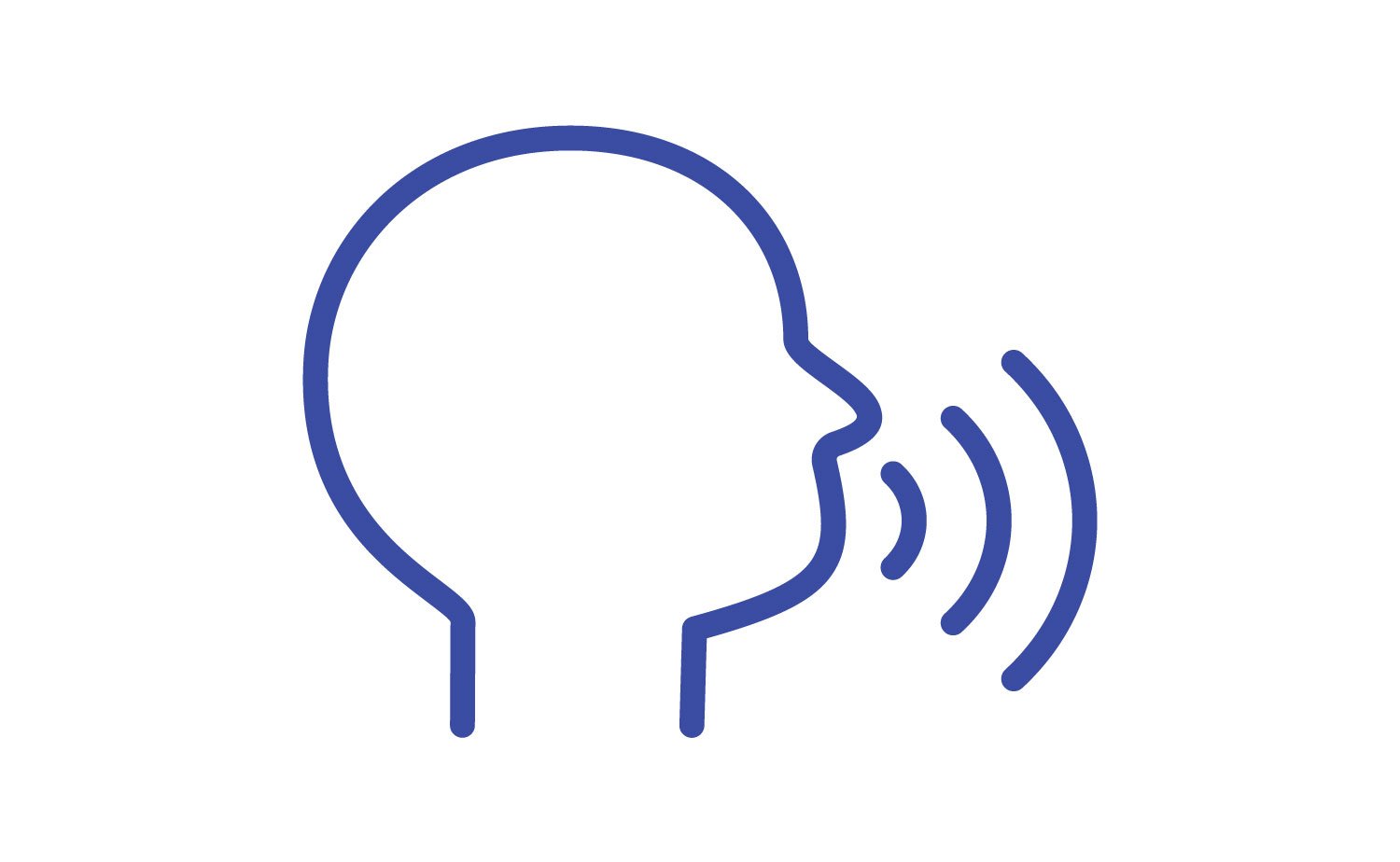What is Dyslexia?
It is critical for teacher, parents, and individuals with dyslexia to understand what dyslexia is and be able to identify its signs, so children and adults with dyslexia can obtain the support they need to learn to read.
Defining Dyslexia & Recognizing its Signs and Challenges
Dyslexia is a learning disability marked by impairment of the ability to recognize and match sounds with written letters and words. A neurological disorder, dyslexia is characterized by an unexpected difficulty in reading in children and adults who otherwise possess the intelligence, motivation, and oral language proficiency considered necessary for developing accurate and fluent reading. Individuals with dyslexia often have trouble with reading, writing, spelling and/or math even though they have the ability, and have had opportunities, to learn.
With specialized instruction, most individuals with dyslexia can learn to read. Despite their challenges, individuals with dyslexia are often talented and creative and have significant strengths in other areas. (The official definition of dyslexia adopted by the International Dyslexia Association and Everyone Reading Illinois can be found here.)
A person with dyslexia will have several of the following characteristics:
Oral Language
Late learning to talk
Difficulty pronouncing words
Difficulty acquiring vocabulary or using age appropriate grammar
Difficulty following directions
Confusion with before/after, right/left, and so on
Difficulty learning the alphabet, nursery rhymes, or songs
Difficulty understanding concepts and relationships
Difficulty with word retrieval or naming problems
Reading
Difficulty learning to read
Difficulty identifying or generating rhyming words, or counting syllables in words(phonological awareness)
Difficulty with hearing and manipulating sounds in words (phonemic awareness)
Difficulty distinguishing different sounds in words (phonological processing)
Difficulty in learning the sounds of letters (phonics)
Difficulty remembering names and shapes of letters, or naming letters rapidly
Transposing the order of letters when reading or spelling
Misreading or omitting common short words
“Stumbles” through longer words
Poor reading comprehension during oral or silent reading, often because words are not accurately read
Slow, laborious oral reading
Written Language
Difficulty putting ideas on paper
Difficulty with accurate spelling
Difficulty with spelling tests, or difficulty translating spelling test accuracy to daily spelling accuracy
Difficulty proofreading

Want to know more?
Visit our Resources page or our Structured Literacy page or contact us for more information.






